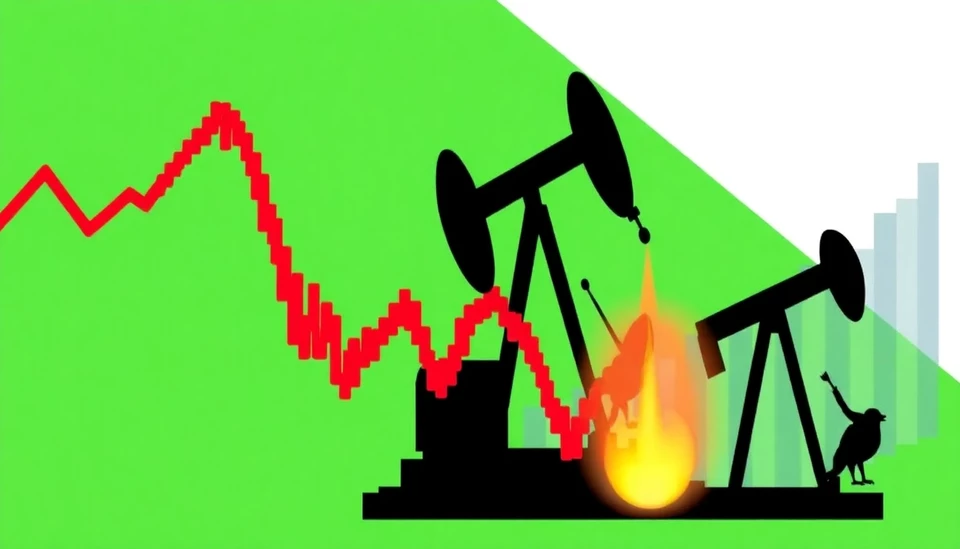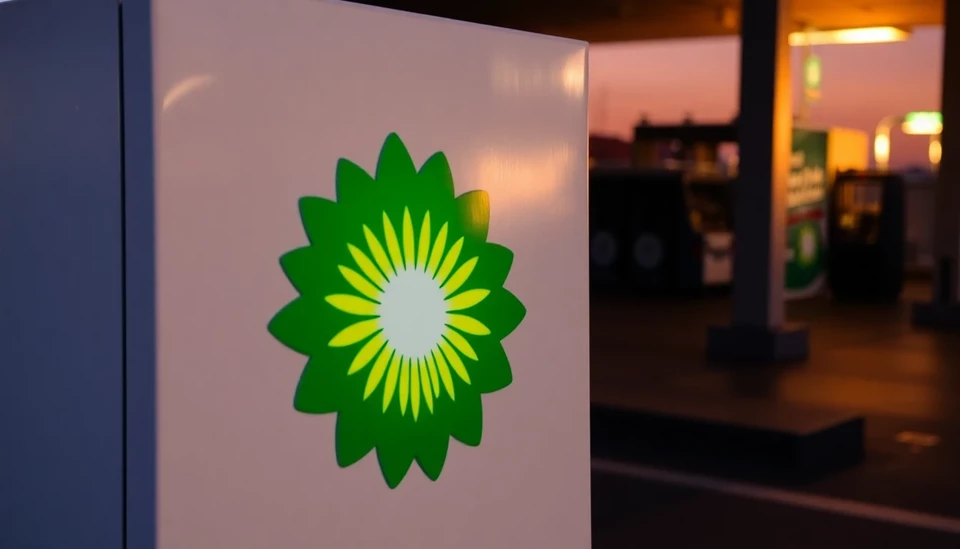
As of March 3, the global oil market is experiencing significant fluctuations, largely driven by ongoing geopolitical tensions and supply chain issues that are reshaping the energy landscape. Market analysts are closely monitoring developments as prices rise amid a backdrop of uncertainty surrounding global supply and demand dynamics.
The recent escalation of tensions in Eastern Europe and parts of the Middle East has sparked concerns about the stability of oil supply from key producing nations. The situation is further complicated by rising demand as economies continue to recover from the pandemic, leading to increased consumption of fossil fuels. This combination of factors has led to a noticeable uptick in oil prices over the past few weeks, creating ripple effects through the energy sector.
In the latest trading sessions, benchmark crude oil prices have climbed steadily, with West Texas Intermediate (WTI) and Brent Crude both experiencing notable increases. Analysts suggest that this rise in prices is not solely temporary but could mark a longer-term trend if the geopolitical situation continues to intensify.
Supply chain disruptions due to natural disasters and ongoing logistical challenges are also contributing to the increasing price of oil. With several major oil-producing regions grappling with production setbacks, the market is reacting swiftly to any assurances or signs of stability. Consequently, investors are urged to remain vigilant as any changes in the production landscape could have immediate effects on pricing.
Furthermore, new data from various agencies indicates a tightening market, with crude oil inventories showing unexpected declines. This reduction further fuels the perception of scarcity, prompting traders to anticipate further price hikes in the near future. As the balance between supply and demand remains critically delicate, many are speculating whether the prices could reach unprecedented levels before stabilizing.
Overall, the landscape for oil markets in March appears complex and challenging, with key players in the industry re-evaluating their strategies in response to evolving global conditions. The interplay between geopolitical tensions, supply chain realities, and economic recovery trajectories will continue to shape the outlook for crude oil prices in the coming weeks.
Market participants are encouraged to stay informed about the latest developments as the energy sector bracing for potential volatility that could arise from both international relations and domestic production changes. With the landscape shifting, businesses and consumers alike will need to adapt to the fast-paced nature of the oil markets.
As we move deeper into March, the financial community is on edge, eagerly watching how these factors will play out, given that they could have far-reaching implications not only for oil prices but also for global economic stability.
In conclusion, the outlook for the oil market remains charged with uncertainty, and stakeholders are bracing for a period of potential upheaval in pricing dynamics.
#OilMarket #OPEC #CrudeOil #EnergySector #MarketTrends #GeopoliticalTension #SupplyChain #WTI #BrentCrude
Author: Samuel Brooks




